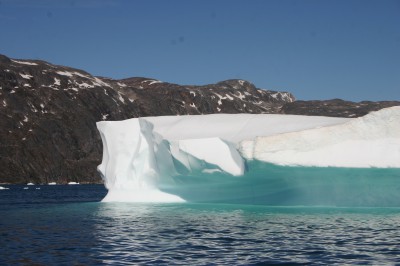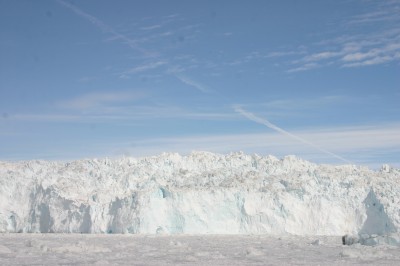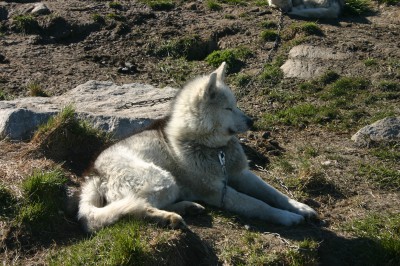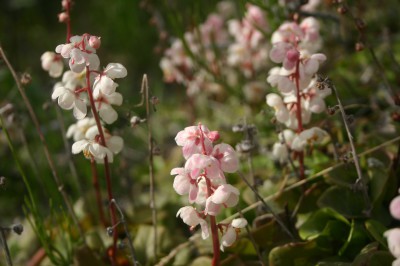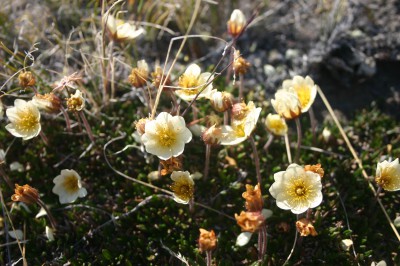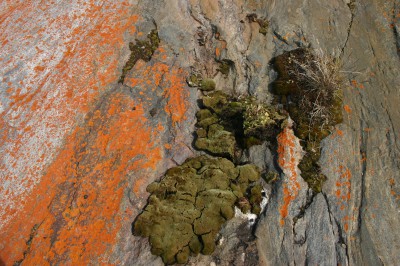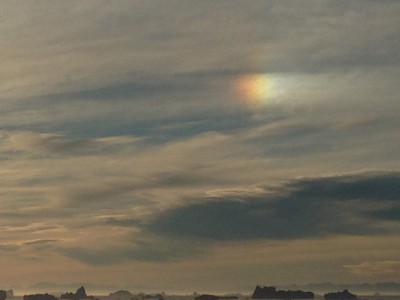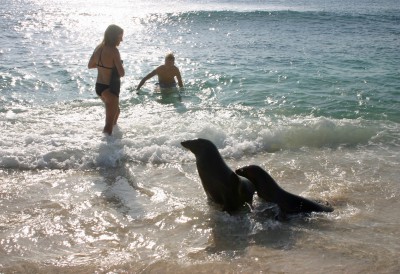
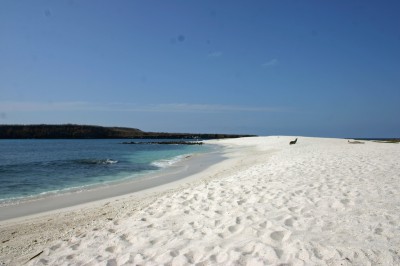 Ever since reading about Darwin’s journey to the Galapagos
Ever since reading about Darwin’s journey to the Galapagos
Islands on the HMS Beagle I have dreamed of going there myself. Dreams are good
to have; they keep you afloat in a mundane world. But dreams turn to dust if
you don’t realise them, so after some years of dreaming and planning and saving
money, the time has come to make my dream come true and travel to these
intriguing islands. 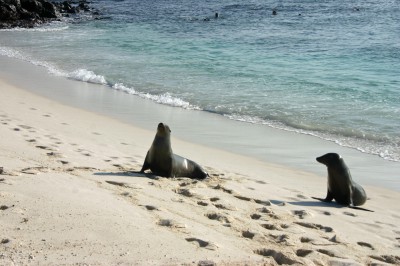 Each island has its own character and its own
Each island has its own character and its own
complement of endemic species. We alternately experience fine-grained white
sandy beaches populated by friendly, easy-going sea lions that seem intent on
making our acquaintance, otherworldly, rough and uneven charcoal-coloured lava
landscapes with ditto-coloured iguanas and lizards, dramatic seascapes with
waves that crash against the cliffs, making us feel small and insignificant,
and fragrant woods that overlook the stunning, saline Lake Darwin on Isabela
Island.
Here is a lava landscape:
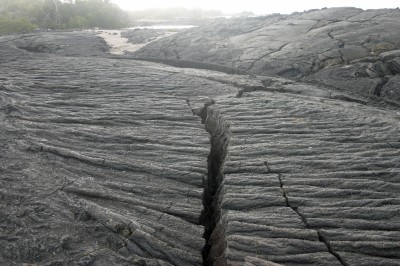 And here are lava-coloured, endemic marine iguanas piled on top of each other. They have a rather disconcerting habit of shooting snot out of their noses. So impolite! But that is their way of getting rid of excess salt from their algae diet:
And here are lava-coloured, endemic marine iguanas piled on top of each other. They have a rather disconcerting habit of shooting snot out of their noses. So impolite! But that is their way of getting rid of excess salt from their algae diet: One one island the surf pounds against the rocks:
One one island the surf pounds against the rocks: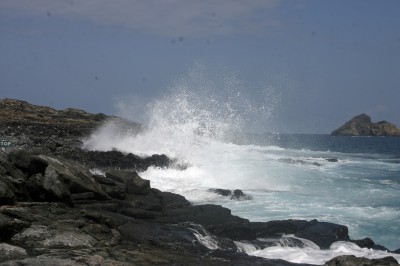 While on another island the scene is more serene:
While on another island the scene is more serene: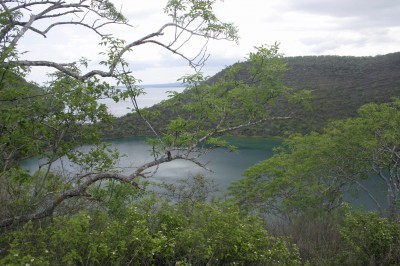 There are birds and other interesting creatures
There are birds and other interesting creatures
everywhere.  Already at the airport, on Baltra Island, we spot our first
Already at the airport, on Baltra Island, we spot our first
blue-footed boobies and frigate birds. In the days that follow, we walk among
land iguanas, marine iguanas, Galapagos tortoises, lava lizards, sea lions, sally
lightfoot crabs, Galapagos finches and fur seals.
Here is a blue footed booby showing off its tail:  And here is a Galapagos penguin with an iguana buddy:
And here is a Galapagos penguin with an iguana buddy: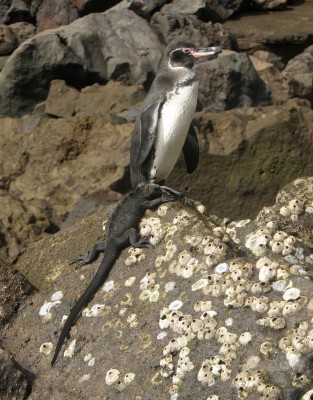 The penguin prepares for a hop in the ocean:
The penguin prepares for a hop in the ocean: 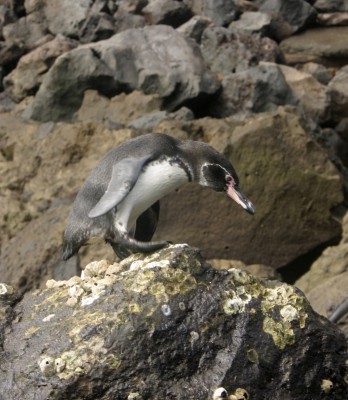 Flightless cormorants have evolved short, useless, silly looking wings but still spread them out like other cormorants:
Flightless cormorants have evolved short, useless, silly looking wings but still spread them out like other cormorants: 

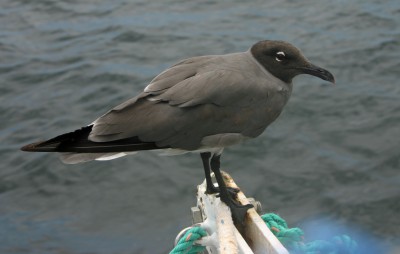 Chilling out on the beach:
Chilling out on the beach: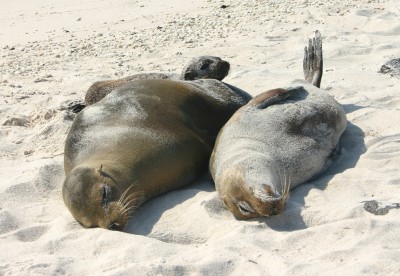 Chilling out on a rock:
Chilling out on a rock:  Chilling out in a little pool:
Chilling out in a little pool:  Male and female grasshoppers having a private moment:
Male and female grasshoppers having a private moment: 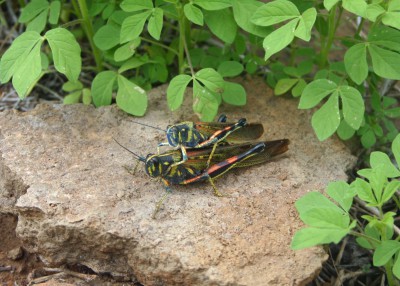 The land iguana Mona Lisa smile:
The land iguana Mona Lisa smile:  Sunfish swim alongside our rubber boat (panga) and manta
Sunfish swim alongside our rubber boat (panga) and manta
rays breach the water in the distance. At
times we jump in and join the animals and snorkel either from the beach (I get rolled around rather much in the surf before getting control of my flippered and snorkeled body…) or slide from the panga out into the deeper water.
While snorkeling, I am accompanied by Galapagos penguins,
sea lions, marine iguanas, green turtles, stingrays, a harmless black-tipped
shark and numerous shimmering or colourful fish, all of whom are completely
unperturbed by my presence. In fact, it is as if they are inviting me to join
in their swim.
At one point, however, I can hear our local guide
yelling “shark!” My flippered feet paddle furiously and I zip through the water
like a penguin until I reach the panga and quickly clamber up to safety. It
turns out that it was not a shark but an orca. Even more scary! There is no
mistaking this beautiful animal with its big, sleek, black and white body. It
swims alongside our panga and even under it at one point as we carefully escort
it further out of the bay towards the open ocean. Afterwards, we jump back into
the water by the beach and continue snorkeling.
The land animals are not used to predators so they do
not dash off when they see us. It is fascinating to be in such close contact to
all these endemic animals, some of which are even endemic to a specific island. The giant Galapagos tortoises are an example of such:  It is also fascinating for me to consider that a
It is also fascinating for me to consider that a
little less than a year ago I was in a boat navigating among icebergs on the
Arctic Circle and now I am in a boat – or swimming directly in the water – navigating
among fish and mammals on the Equator. I am such a lucky girl!

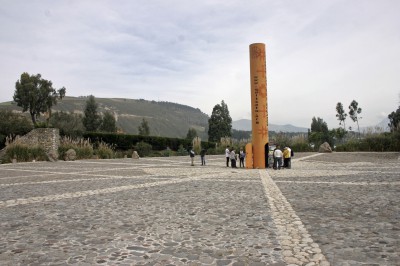 We also pass through a town where everybody bakes biscuits and we of course visit one of the bakeries
We also pass through a town where everybody bakes biscuits and we of course visit one of the bakeries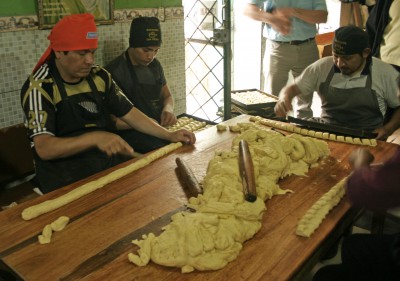
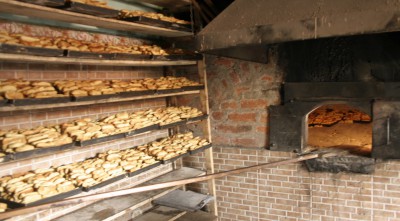
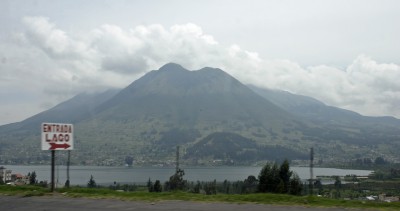 Otherwise, the highlight of the day is the market at Otavalo.
Otherwise, the highlight of the day is the market at Otavalo.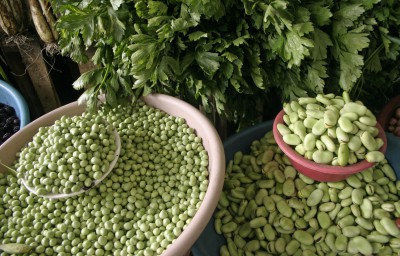



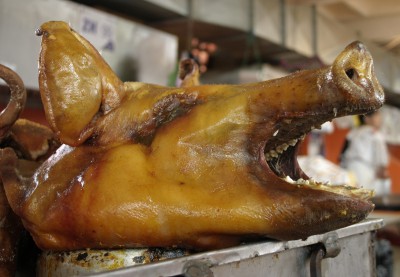



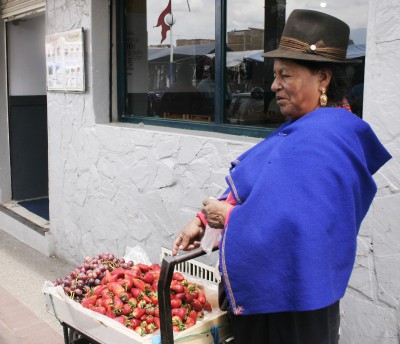 Anyway, I go from the appetising and colorful food and
Anyway, I go from the appetising and colorful food and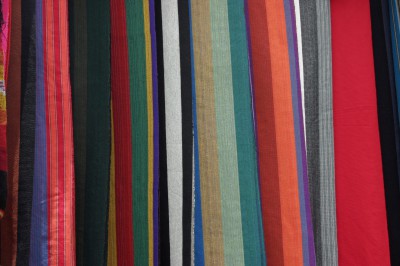


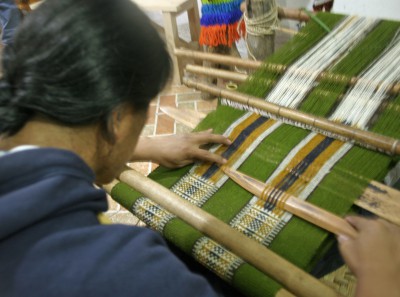

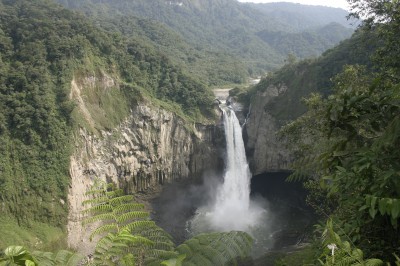
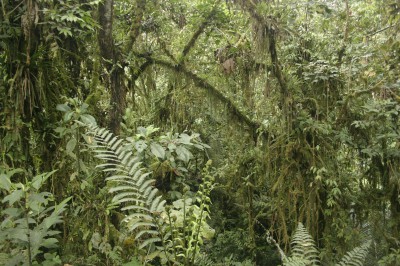
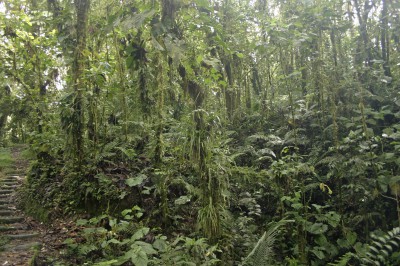
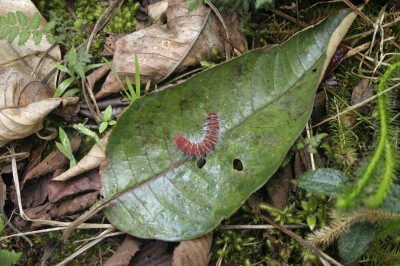

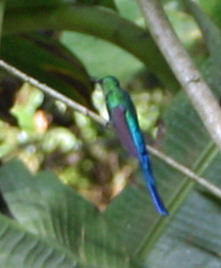

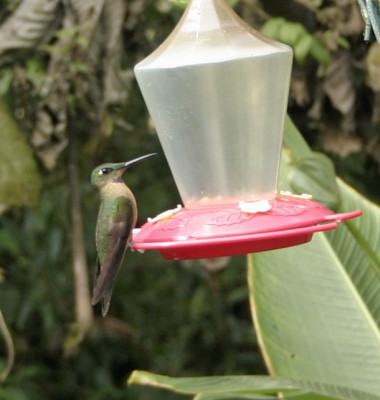


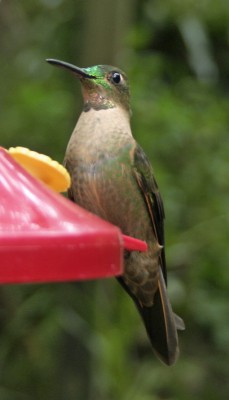
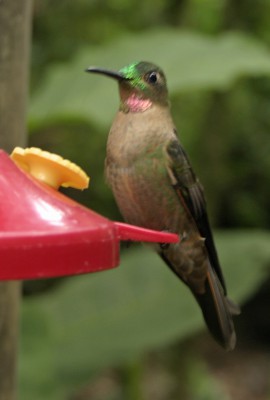

 On one of our days in the Cuyabeno Reserve we visit
On one of our days in the Cuyabeno Reserve we visit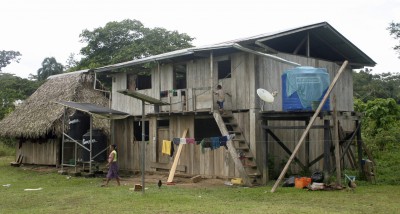

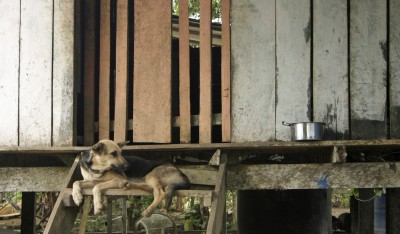 We are given a demonstration of how cassava (aka
We are given a demonstration of how cassava (aka

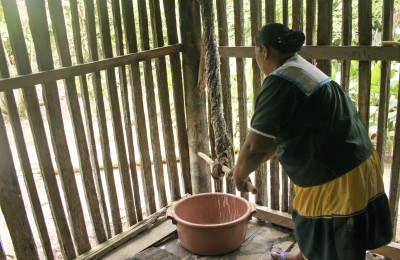

 We spend the next few days in the jungle, either cruising
We spend the next few days in the jungle, either cruising

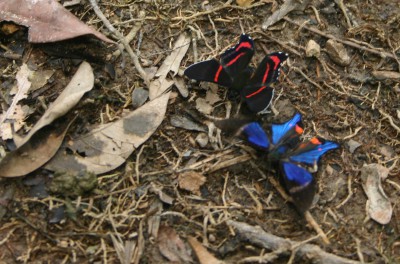
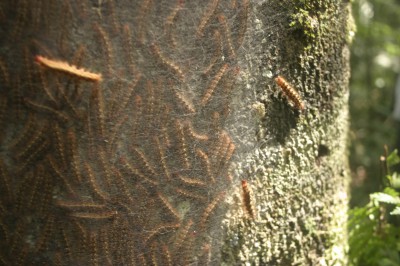






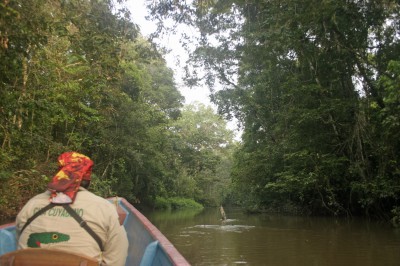

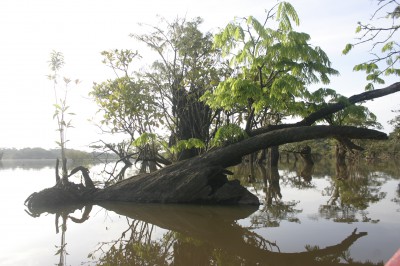
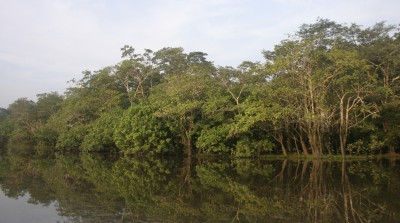
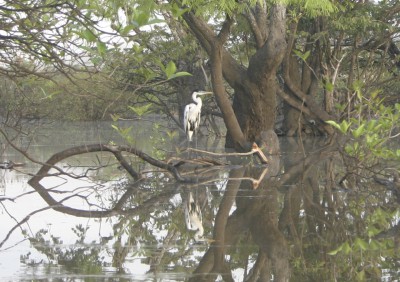

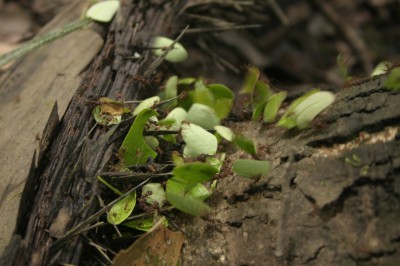
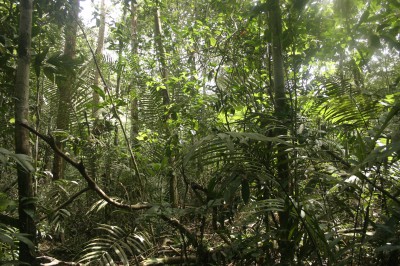


 From sweating in the steamy jungle to tramping in the
From sweating in the steamy jungle to tramping in the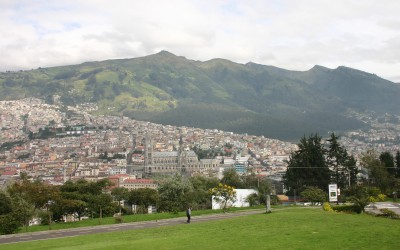 The old part of town is particularly charming with its
The old part of town is particularly charming with its


 The Spaniards were, of course, not the first people
The Spaniards were, of course, not the first people After the Incas came the Spanish with their horses,
After the Incas came the Spanish with their horses,
